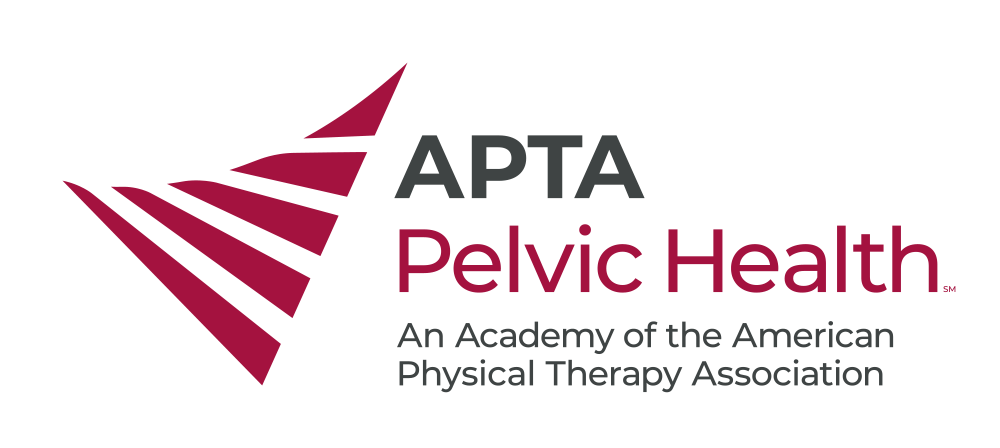Relaxation of the Pelvic Floor Muscles
The pelvic floor consists of muscle fibers and connective tissue located in the base of the pelvis. It is important in supporting the pelvic organs, maintaining continence, and sexual function. These muscles can become overactive, tight, or have spasm in them which can lead to dysfunction and/or pain. Overactive muscles restrict normal blood flow, resulting in a buildup of waste products. This can lead to further irritation, pain, and increased muscle tension. When someone develops pelvic floor pain, this can cause more involuntary tightening or guarding of these muscles, leading to more pain and dysfunction. Relaxation of these muscles can interrupt the pain cycle and promote healing.
Many people have excess muscle tension and do not even realize it. The muscle tension has been there so long that the brain feels it is normal. This can make it difficult to know when these muscles are actually relaxed. A pelvic physical therapist can be very helpful with identifying when these muscles are relaxed and with instruction in techniques to assist with this training.
Stress, fear and anxiety also can contribute to pelvic floor overactivity. Taking steps to minimize stress and learning to respond to stress in a healthy way can assist with pelvic floor relaxation and pain reduction.
General Relaxation Techniques:
- Set aside time for yourself. Make yourself a priority and take the time.
- Take moments throughout the day to be mindful. Be mindful of how your body feels, how you are breathing, or holding tension in your body. Take these moments to relax, improve your posture, and breathe deeply.
- Stretch and change positions frequently throughout the day to avoid being in one position too long. Set a timer if needed.
- Try various relaxation techniques to see what works best for you. Practice 20 minutes or more once per day or smaller moments several times per day. Falling asleep is not the same as practicing relaxation.
Specific Relaxation Techniques:
Environment:
Start with a quiet environment where you feel safe. Turn lights low and find a supported position with a comfortable temperature. Eliminate noise and try to remove distractions, such as phones, TV, etc. You can also practice with distractions around you when needed.
Mindfulness/Awareness:
Try to keep your mind focused on relaxation instead of other tasks or stresses. You can think “inhale” and “exhale” with your breath or count during the inhale and during the exhale while slowly lengthening the duration or count of the breath.
Visualization:
- Visualizing can assist some people with relaxation.
- Picture the pelvis and muscles in your mind.
- Picture what the muscles look like relaxed with good blood flow.
- Imagine the muscles sagging down or the “bowl” deepening.
- Imagine the muscles are softening or melting with each breath.
- Imagine the vagina opening with each inhale.
- Imagine the sits bones separating with each inhale.
Body Scan:
Tension in other parts of the body can contribute to tension in the pelvic floor muscles. Do you tend to pull your belly in or tighten it down? Do you hold your legs together? Is your jaw tensed? Are your brows furrowed or shoulders raised in tension? Periodically through the day, stop and bring your attention to the various parts of your body and notice tension. Then, try to release this tension as you exhale, imagining the tension leaving the body with each exhale.
Diaphragmatic Breathing:
See handout on diaphragmatic breathing if needed. Take a slow deep breath, preferably through your nose into your abdomen and pelvis, feeling your belly rise. Exhale slowly, allowing your belly to fall without pushing the air out. This type of breathing should be relaxed and gentle, not forced. Gradually try to deepen and lengthen your breath.
Bulging Technique:
Gently bulge your belly out or push as if passing gas. Make sure you do not hold your breath, tighten the abdominal muscles or bear down. This should feel similar to diaphragmatic breathing.


